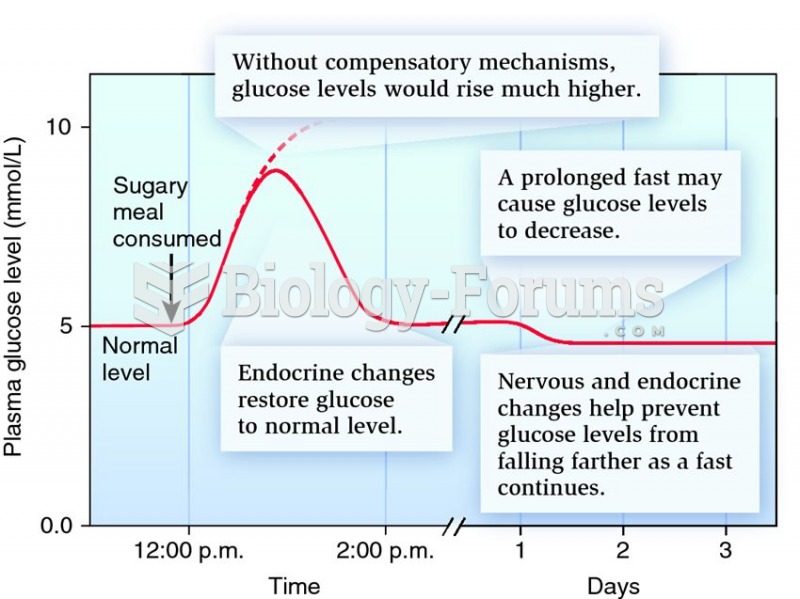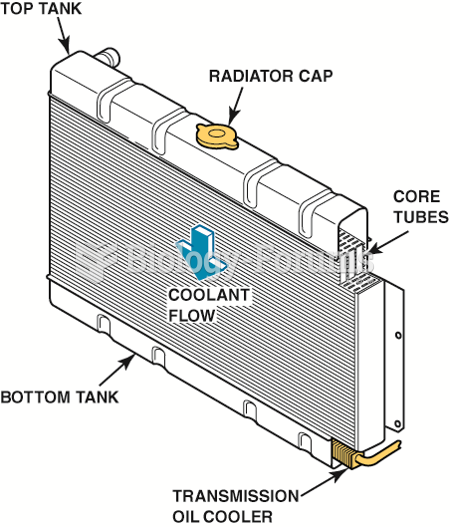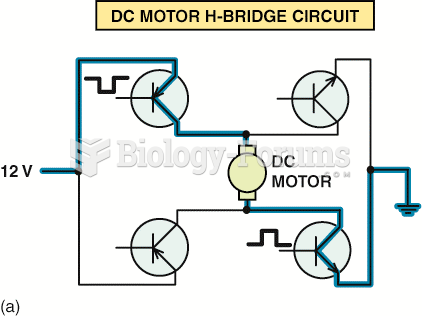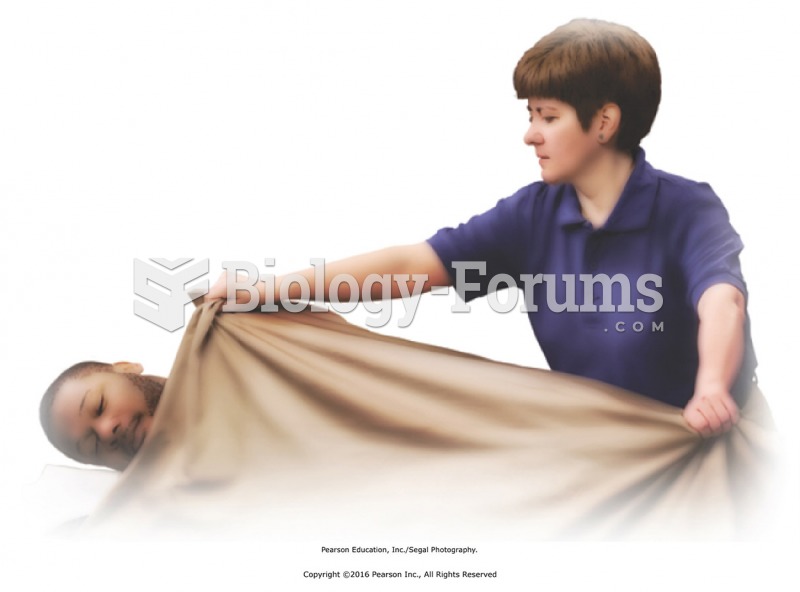Answer to Question 1
ANS: C
A. Incorrect response: See explanation C.
B. Incorrect response: See explanation C.
C. Correct response: The cycle variable is the variable responsible for the termination of inspiration. During assist-control ventilation, the control variable is flow, and when the preset volume is reached, the ventilation cycles, that is, inspirations ends and expiration begins. The variable for terminating inspiration in this instance for volume-control ventilation is volume. Therefore volume is the cycle variable.
D. Incorrect response: See explanation C.
Answer to Question 2
ANS: C
A. Incorrect response: Flow-waveform triggering requires the patient to generate a flow, or to distort the expiratory flow waveform via an inspiratory effort.
B. Incorrect response: Ineffective triggering involves a trigger sensitivity setting that is too insensitive to the patient's efforts.
C. Correct response:
This patient is breathing with the help of PSV. Notice along the PAW scalar that for the second spontaneous breath the patient has exerted no inspiratory effort. This fact is borne out by noting the failure of the pressure tracing on the second breath from deflecting below the baseline.
This condition is termed auto-triggering and can develop when no flow moves through the breathing circuit for an extended period. This type situation makes the system susceptible to triggering from changes in airway pressure taking place within the tubing. Cardiogenic oscillations and excessive tracheobronchial secretion can produce auto-cycling. The PES scalar actually shows undulations (cardiogenic oscillations) between spontaneous breaths.
D. Incorrect response: Behavioral feedback does not produce auto-triggering.







